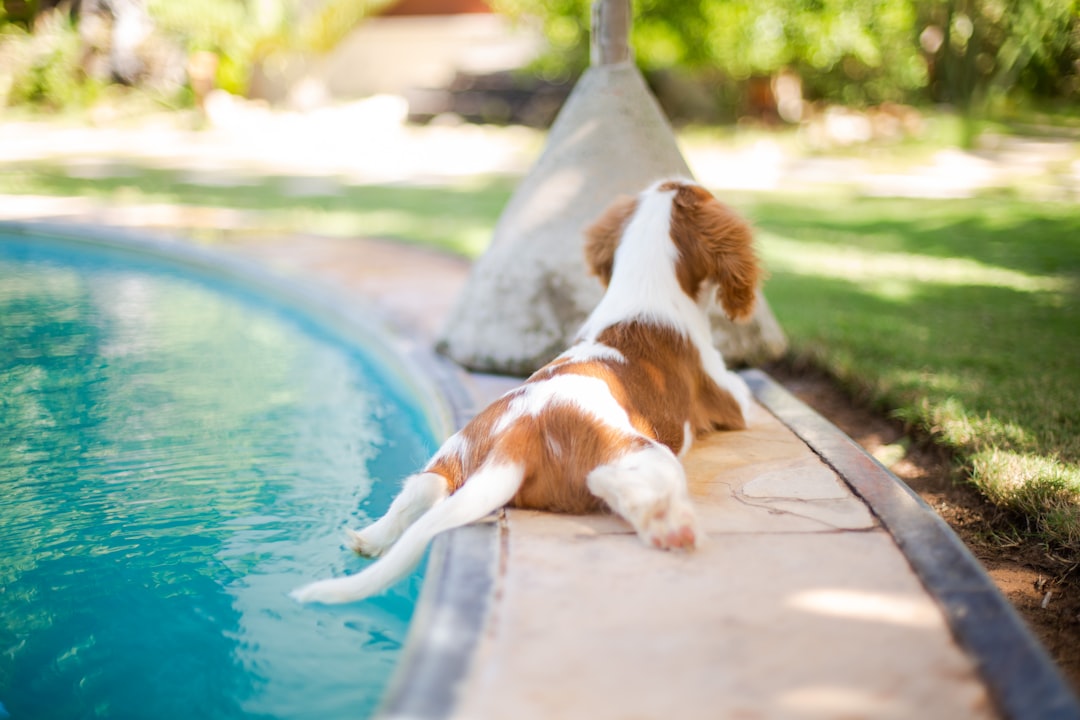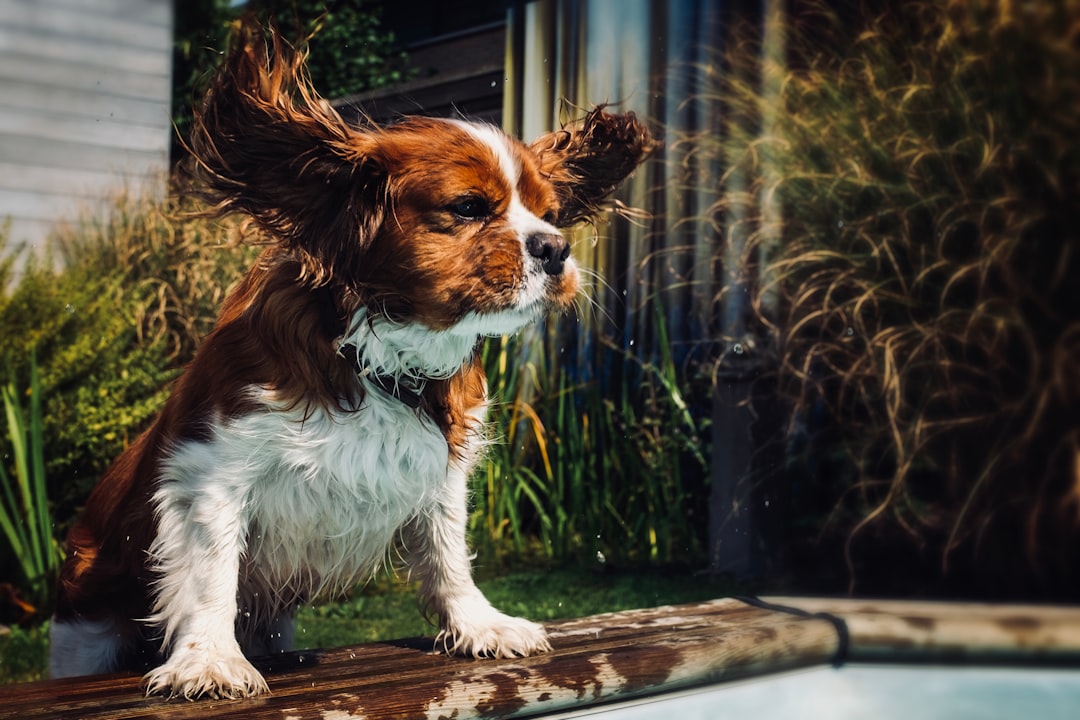Unveiling the Majesty: Cavalier King Charles Spaniel Breed Standards and Recognition
An overview of the breed standards and recognition of Cavalier King Charles Spaniel, including its historical context, kennel club guidelines, distinctive features, enthusiast involvement, and frequently asked questions.
Breed Overview and Significance
The Cavalier King Charles Spaniel has a rich historical background that dates back to British history, where it holds a significant place often associated with royalty and nobility [1]. The breed’s historical significance has not only contributed to its popularity but has also played a pivotal role in shaping its unique breed standards and recognition by kennel clubs and organizations. This historical context has influenced the breed’s development as a distinct breed with specific characteristics and appearance guidelines that set it apart from other breeds.
The establishment of specific breed standards and guidelines by kennel clubs and organizations has been significantly influenced by the breed’s historical context. For example, the Kennel Club in the UK and the American Kennel Club (AKC) have set out detailed guidelines that not only emphasize the ideal characteristics, temperament, and appearance of the Cavalier King Charles Spaniel but also underscore the importance of maintaining the breed’s absolute soundness and welfare [2]. This recognition by kennel clubs and organizations has further solidified the breed’s significance and contributed to its continued popularity among dog enthusiasts and owners.
The breed’s historical context has also played a vital role in modern breed standards, ensuring that the Cavalier King Charles Spaniel remains true to its historical roots while also meeting the needs of contemporary dog enthusiasts. This balance between tradition and relevance has been key in preserving the breed’s unique qualities and promoting responsible ownership and breeding practices within the Cavalier King Charles Spaniel community [1][2].
 Historical Context and Breed Standards
Historical Context and Breed Standards
The Cavalier King Charles Spaniel has a rich historical background that dates back to its association with British nobility. This breed’s lineage can be traced to royal courts where it was cherished as a companion to royalty, influencing its development as a distinct breed with specific characteristics and temperament [1]. The historical significance of the Cavalier King Charles Spaniel has not only shaped its cultural importance but has also directly influenced the establishment of breed standards by kennel clubs and organizations. For example, the Kennel Club (UK) recognizes the breed’s historical context and has incorporated this heritage into the specific guidelines outlined for the breed, emphasizing the need to preserve the breed’s unique features and maintain its historical significance in the modern-day standard.
The breed’s historical context has further contributed to its recognition and appreciation by enthusiasts, as well as its impact on modern breed standards. For instance, the American Kennel Club (AKC) acknowledges the historical significance of the Cavalier King Charles Spaniel and embraces it as an integral part of the breed’s identity, thereby influencing the breed standards set forth by the organization. This emphasis on historical context ensures that the breed’s distinct characteristics, appearance, and temperament are preserved and upheld to maintain the breed’s legacy and significance. Therefore, the rich historical context of the Cavalier King Charles Spaniel is deeply intertwined with the establishment of breed standards and continues to play a crucial role in maintaining the breed’s authenticity and recognition within the dog breeding community.
[1] Source: https://www.akc.org/dog-breeds/cavalier-king-charles-spaniel Source: https://www.thekennelclub.org.uk/breed-standards/toy/cavalier-king-charles-spaniel Source: https://ckcsc.org/standard
 Kennel Club Guidelines and Standards
Kennel Club Guidelines and Standards
The breed standards for the Cavalier King Charles Spaniel, as set by kennel clubs and organizations, play a crucial role in defining the expectations for this beloved breed. These standards not only outline the physical appearance but also emphasize the temperament and ideal characteristics that define the breed. For instance, the Kennel Club guidelines describe the Cavalier King Charles Spaniel as active, graceful, and well-balanced, with specific features such as large, round eyes set well apart and a slightly rounded skull without a dome or peak [2]. This level of detail in the standards ensures that breeders and judges have a clear understanding of the breed’s unique attributes, promoting consistency in the breed’s representation.
In addition to the physical attributes, the breed standards also prioritize the overall welfare and soundness of the Cavalier King Charles Spaniel. The guidelines call for careful consideration to avoid conditions or exaggerations that could be detrimental to the breed’s health or welfare. This reflects a commitment to preserving the well-being of the Cavalier King Charles Spaniel and ensures that breeders and judges prioritize the breed’s health above all else [2]. By incorporating these considerations into the breed standards, kennel clubs and organizations aim to maintain the integrity and quality of the breed, safeguarding its future for generations to come.
Recognition and Promotion Efforts
In addition to advocating for responsible dog ownership and promoting dog sports, the American Kennel Club (AKC) contributes significantly to the recognition and promotion of the Cavalier King Charles Spaniel breed through its extensive range of services and resources. For example, the AKC offers downloadable forms, rules and regulations, and a judges’ directory, providing comprehensive support for both breeders and enthusiasts. This not only facilitates the responsible breeding and exhibition of the breed but also ensures that the breed’s standards are upheld, contributing to its recognition as a distinct and esteemed breed.
Furthermore, the AKC website serves as a hub for valuable information, enabling enthusiasts to access resources such as finding a puppy, locating a dog groomer, and obtaining dog training assistance, thereby fostering a community of well-informed and responsible dog owners. By providing these essential resources, the AKC actively contributes to the promotion and welfare of the Cavalier King Charles Spaniel breed, strengthening its recognition and ensuring that enthusiasts can engage with the breed in a meaningful and responsible manner. The AKC’s commitment to supporting the breed’s standards and promoting active engagement underscores its pivotal role in upholding the recognition and significance of the Cavalier King Charles Spaniel within the dog community.
Distinctive Features and Temperament
The distinctive features and temperament of the Cavalier King Charles Spaniel are defined by specific guidelines outlined by kennel clubs. These guidelines emphasize the breed’s sporting nature, affectionate demeanor, and fearlessness, contributing to its overall appeal. For example, the American Kennel Club (AKC) describes the Cavalier King Charles Spaniel as an active, graceful, and well-balanced dog, with characteristics that include being sporting, affectionate, and fearless. This highlights the breed’s unique combination of athleticism and gentle attentiveness, making it a popular choice for families and individuals seeking a companion with an adaptable and friendly nature.
In addition to its temperament, specific guidelines for acceptable colors and size measurements further reinforce the breed’s unique attributes as per the established breed standards, ensuring adherence to the breed’s distinctive characteristics. The Kennel Club (UK) specifies that the ideal height for a Cavalier King Charles Spaniel is between 12 to 13 inches at the withers and the weight should be between 13 and 18 pounds. Furthermore, acceptable colors for the breed include Blenheim, Tricolor, Ruby, and Black-and-Tan, adding to the distinctiveness of the breed. These detailed standards ensure that the breed maintains its characteristic appearance and temperament, reflecting its historical significance and purpose as a beloved companion and sporting dog.
Enthusiast Involvement and Participation
Enthusiasts play a crucial role in the preservation and promotion of the Cavalier King Charles Spaniel breed. The American Kennel Club (AKC) and various kennel clubs actively encourage enthusiasts to engage with the breed through a multitude of activities and resources. For example, the AKC provides platforms for enthusiasts to attend prestigious dog shows, participate in events, and connect with reputable breeders to find healthy and well-bred puppies. Additionally, the AKC offers valuable services such as finding professional dog groomers and accessing training assistance, which are essential for maintaining the well-being and development of the breed.
Furthermore, kennel clubs emphasize responsible ownership and active engagement with the breed through their services and resources. Enthusiasts are encouraged to utilize these platforms to ensure the preservation of the breed’s heritage and adherence to its established standards. By actively participating in various activities and accessing essential services, enthusiasts contribute to the promotion of the breed, fostering a supportive and engaged community dedicated to upholding the Cavalier King Charles Spaniel’s historical significance and unique characteristics [2]. This involvement not only helps in maintaining the breed’s standards but also strengthens the community’s commitment to the welfare and well-being of these beloved dogs.
 Frequently Asked Questions (FAQs)
Frequently Asked Questions (FAQs)
- What are the breed standards for the Cavalier King Charles Spaniel set by kennel clubs and organizations? The breed standards encompass a detailed description of the ideal characteristics, temperament, appearance, as well as specific guidelines for the head, eyes, ears, mouth, neck, body, coat, color, and size, emphasizing the breed’s absolute soundness and welfare.
- How is the Cavalier King Charles Spaniel’s recognition as a distinct breed established by kennel clubs and organizations? The breed’s recognition and promotion are facilitated by kennel clubs such as the American Kennel Club (AKC), which actively advocates for responsible dog ownership and promotes dog sports, providing valuable resources and opportunities for enthusiasts to engage with the breed.
- What are the ideal characteristics and appearance described in the breed standard guidelines for the Cavalier King Charles Spaniel? The breed standard guidelines emphasize an active, graceful, and well-balanced dog with specific criteria for the head, eyes, ears, mouth, neck, body, coat, color, and size, reflecting the breed’s unique attributes and temperament.
- What are the specific guidelines for the head, eyes, ears, and coat of the Cavalier King Charles Spaniel as per the breed standard? The specific guidelines encompass detailed descriptions of the head, eyes, ears, coat, and other physical attributes, ensuring adherence to the breed’s distinct characteristics and overall well-being.
- What are the acceptable colors and size measurements for the Cavalier King Charles Spaniel according to the breed standard? Acceptable colors include Blenheim, Tricolor, Ruby, and Black-and-Tan, with specific size measurements provided as a guide, acknowledging possible variations within the breed.
- How does the American Kennel Club (AKC) contribute to the recognition and promotion of the Cavalier King Charles Spaniel breed? The AKC plays a significant role in recognizing and promoting the breed, advocating for responsible dog ownership, promoting dog sports, and offering valuable services and resources for enthusiasts to engage with the breed.
- How does the Kennel Club (UK) ensure the soundness and welfare of the Cavalier King Charles Spaniel breed through its breed standard guidelines? The Kennel Club (UK) emphasizes absolute soundness and welfare for the breed, providing comprehensive breed standard guidelines that prioritize the health and well-being of the Cavalier King Charles Spaniel.
- What are the distinct characteristics and temperament that the King Charles Spaniel should possess according to the breed standard set by kennel clubs? The breed standard outlines distinct characteristics and temperament, emphasizing refinement, compactness, and a reserved, gentle, and affectionate demeanor for the King Charles Spaniel.
- How does the Cavalier King Charles Spaniel’s breed standard differ from that of the King Charles Spaniel as described by kennel clubs? The breed standards highlight the unique characteristics and temperament specific to each breed, reflecting their distinct attributes and historical significance.
- What are the main differences in the physical appearance and temperament between the Cavalier King Charles Spaniel and the King Charles Spaniel according to the breed standards? The breed standards delineate the main differences in the physical appearance and temperament between the two breeds, underscoring their individual traits and historical context.

